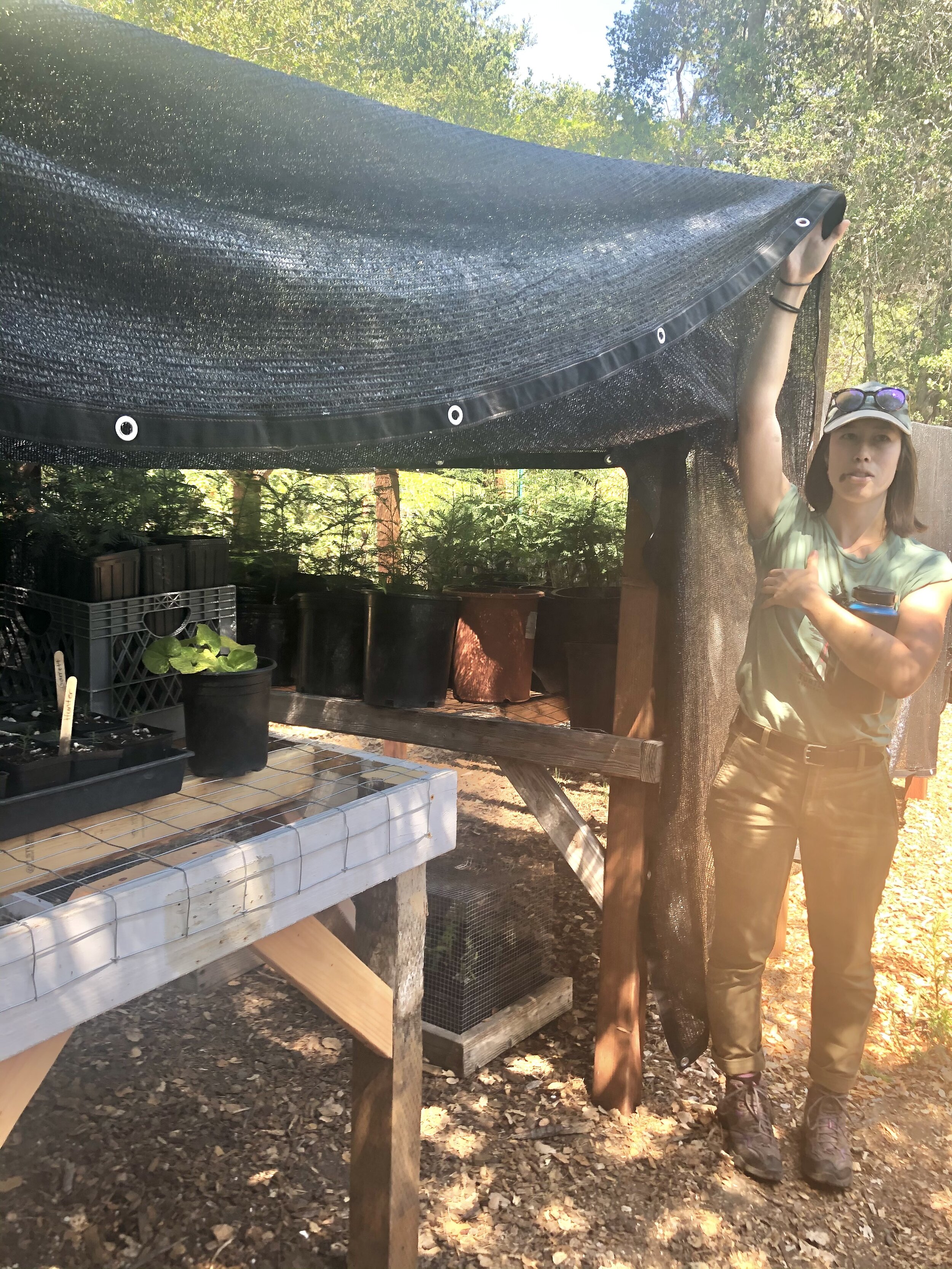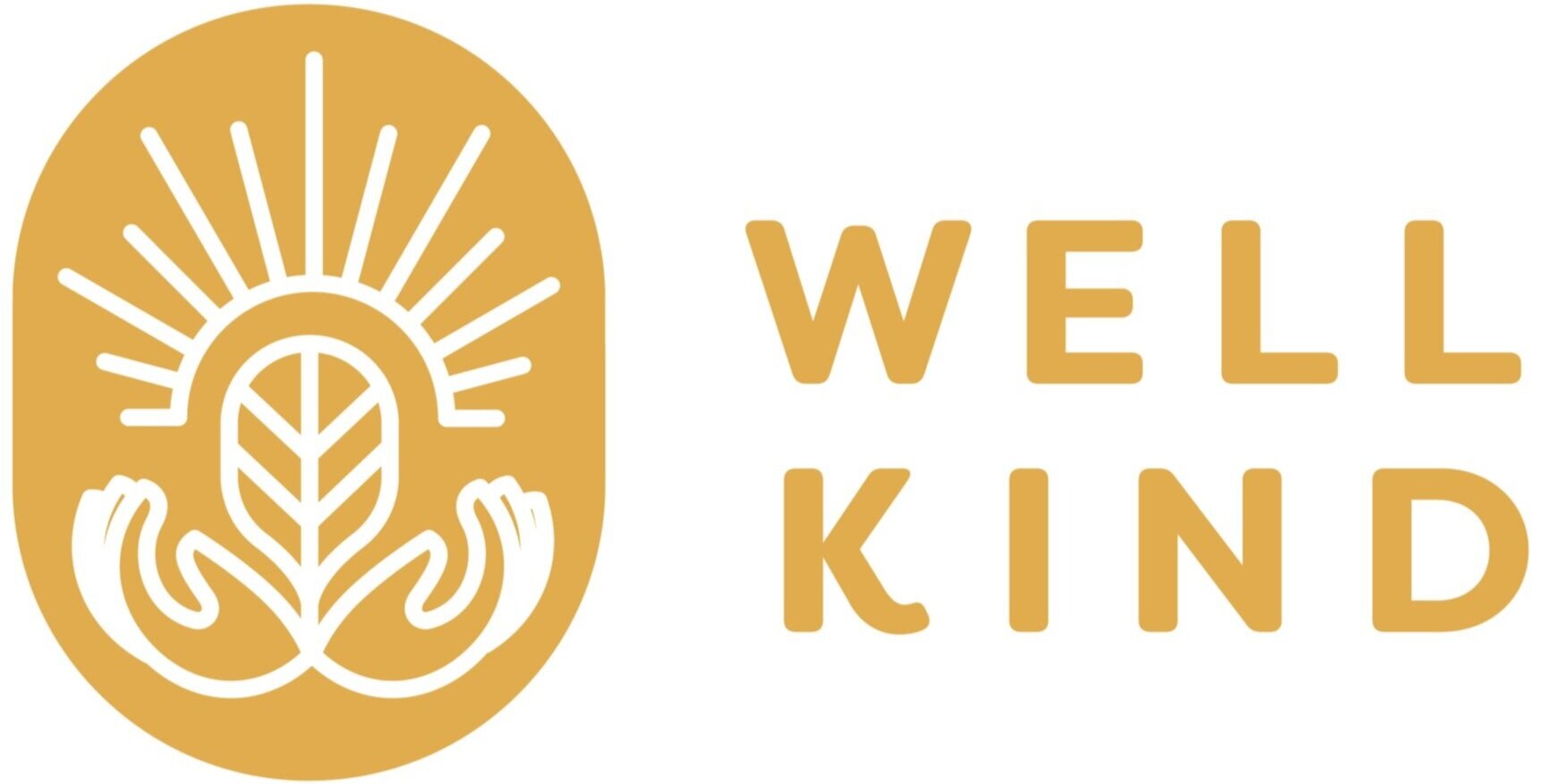Our Fascinating Field Trip to a S.P.A.W.N. Restoration Site
By Isabella Lombardo, WELLKIND Forestry Intern
Isabella Lombardo was an intern for WELLKIND Forestry during our summer 2021 session, exploring restoration work by S.P.A.W.N. in Marin County and other local environmental initiatives.
A week ago, I was given the opportunity to join my fellow WELLKIND Forestry interns on a field trip out to a watershed site in Lagunitas, which is being restored by the Salmon Protection and Watershed Network (SPAWN). Watershed biologist Ayano Hayes and Director of Watershed Conservation Preston Brown opened our eyes to SPAWN’s hard work. From transforming the land from what it was before, to planting willows along the creek, to creating wood jams for refuge, it seems as though SPAWN hasn’t missed a single opportunity to improve the local ecosystem and protect coho salmon.
THE COHO’S PLIGHT
A month or so before, Ayano taught us about coho salmon, an especially sensitive species that is listed as either threatened or endangered at both the state and federal levels. Coho salmon form two distinct populations: one on the Southern Oregon and Northern California Coast, and another on the Central California Coast. The Central California coho population has decreased by more than 95 percent from the levels it was historically. Many factors play into their decline, including habitat loss, climate change, fishing, and ocean pollution.
Source: Bureau of Land Management
As keystone species, salmon play a crucial role in their habitats. They affect the productivity of aquatic and terrestrial ecosystems. In addition, they play a huge role in nutrient cycling by bringing nutrients from the ocean, along with carbon, phosphorus, and nitrogen, into freshwater systems. In fact, redwood forests and riparian areas along streams with a salmon presence are typically healthier than those where salmon are absent. With coho salmon in such a precarious state, SPAWN’s work is extremely important. About 10 percent of the remaining Central California coho salmon return each fall and winter to spawn in Lagunitas. The watershed carries the significant responsibility of ensuring that coho salmon travel easily through Lagunitas Creek and have ideal conditions to produce offspring each year.
spawn’s WORK



Ayano and Preston explained the impressive improvements they and SPAWN have been creating on the property. SPAWN doesn’t just work to protect coho salmon. It also is dedicated to improving the health of the land, which was purchased in a desolate condition. Now, thanks to SPAWN, dilapidated, abandoned homes on developed land have given way to thriving willows and a sparkling, healthy creek.
Ayano and Preston also taught us about important tactics they implement in order to ensure favorable conditions for when the coho swim upstream into the watershed. For example, they took us to a spot where we could see how a collection of wood—fallen branches and trunks— had accumulated in a bend of the creek. Though wood building up on a waterway seems problematic, they had actually strategically placed two pieces there in order to aid in the accumulation of naturally fallen wood. Large wood jams like the one we were shown can actually provide shelter, scour pools, and a greater food abundance for coho salmon.
SPAWN’s work doesn’t stop there. The organization has created a beautiful native plant nursery to grow native plants for its own and other watersheds. The most incredible moment of our visit was when Ayano swept away the sturdy black fabric to reveal tiny, delicate redwood trees. The year-old ones were only a few inches tall—a stark difference from the giants we passed on the idyllic drive out.
I’d highly recommend seeing the watershed in person or even being a part of SPAWN’s future accomplishments. They offer creek tours where you can see coho during spawning season and have Nursery Volunteer days on Tuesdays and Fridays. For more information on SPAWN, check out their website: https://seaturtles.org/our-work/our-programs/salmon/.


